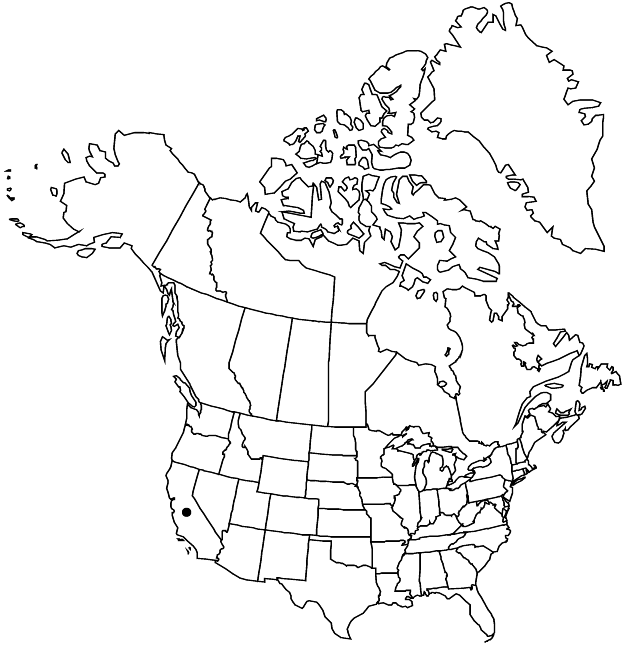Eriogonum cithariforme
Proc. Amer. Acad. Arts 23: 266. 1888.
Herbs, spreading to erect, 2–3(–5) dm, glabrous or tomentose, greenish or reddish. Stems: aerial flowering stems erect, 0.5–1 dm, glabrous or tomentose. Leaves basal and sometimes cauline; basal: petiole 1–5 cm, tomentose to floccose, often slightly winged, blade oblanceolate or elliptic to ovate or nearly rounded, 1–2 × 0.5–1.5(–2) cm, tomentose abaxially, floccose to glabrate and grayish to greenish adaxially; cauline: petiole 0.5–2 cm, floccose, blade elliptic, 0.3–1 cm × 0.2–0.7 cm, similar to basal blade. Inflorescences cymose, distally uniparous due to suppression of secondary branches, open, 5–25 × 5–25 cm; branches usually inwardly curved, glabrous or tomentose; bracts 0.5–2.5 × 0.5–2 mm. Peduncles absent. Involucres somewhat appressed to branches, turbinate, 2.5–3 × 1.5–2 mm, glabrous; teeth 5, erect, 0.2–0.4 mm. Flowers 1.5–2 mm; perianth white to rose, glabrous; tepals monomorphic, oblong-obovate; stamens included, 1–1.5 mm; filaments pilose proximally. Achenes brown, 3-gonous, 1–1.5 mm.
Discussion
Varieties 2 (2 in the flora).
The graceful, upwardly curved branch segments of Eriogonum cithariforme generally are distinctive in older plants, although an occasional individual of E. davidsonii may have this feature. A distinction between E. cithariforme and E. roseum also is troublesome, as in young material the curved branch segments are not always obvious.
Selected References
None.
Key
| 1 | Flowering stems and inflorescence branches tomentose | Eriogonum cithariforme var. cithariforme |
| 1 | Flowering stems and inflorescence branches glabrous | Eriogonum cithariforme var. agninum |
